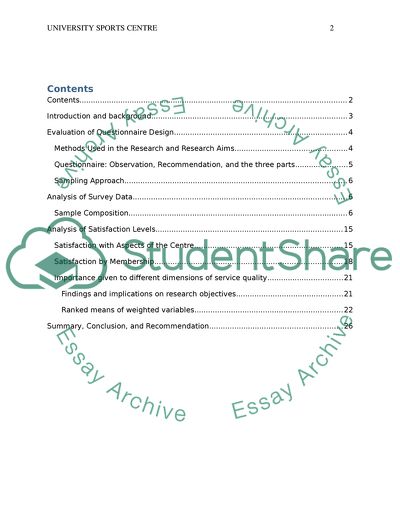Cite this document
(Service Quality in a University Sports Centre Case Study Example | Topics and Well Written Essays - 2750 words, n.d.)
Service Quality in a University Sports Centre Case Study Example | Topics and Well Written Essays - 2750 words. https://studentshare.org/education/1850563-quantitative-report-you-need-use-in-spss
Service Quality in a University Sports Centre Case Study Example | Topics and Well Written Essays - 2750 words. https://studentshare.org/education/1850563-quantitative-report-you-need-use-in-spss
(Service Quality in a University Sports Centre Case Study Example | Topics and Well Written Essays - 2750 Words)
Service Quality in a University Sports Centre Case Study Example | Topics and Well Written Essays - 2750 Words. https://studentshare.org/education/1850563-quantitative-report-you-need-use-in-spss.
Service Quality in a University Sports Centre Case Study Example | Topics and Well Written Essays - 2750 Words. https://studentshare.org/education/1850563-quantitative-report-you-need-use-in-spss.
“Service Quality in a University Sports Centre Case Study Example | Topics and Well Written Essays - 2750 Words”. https://studentshare.org/education/1850563-quantitative-report-you-need-use-in-spss.


